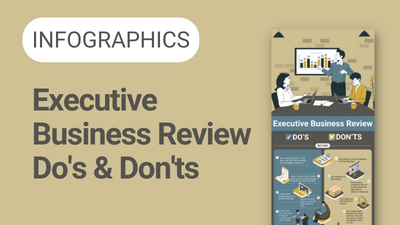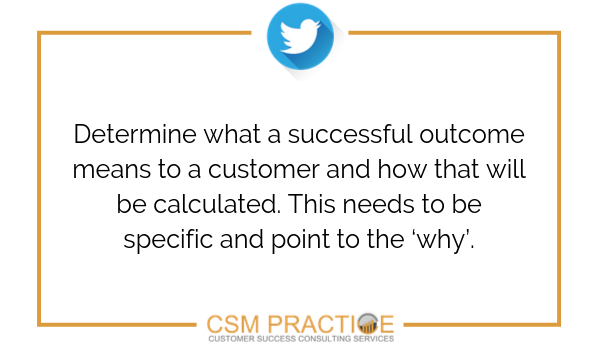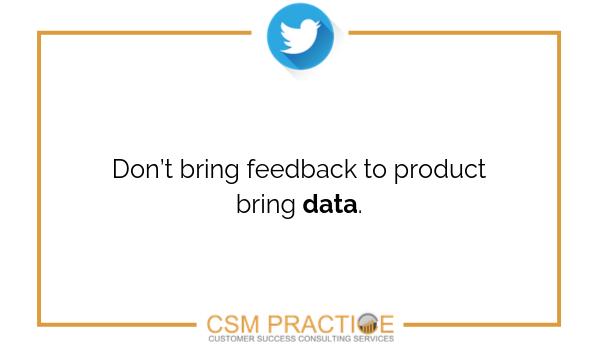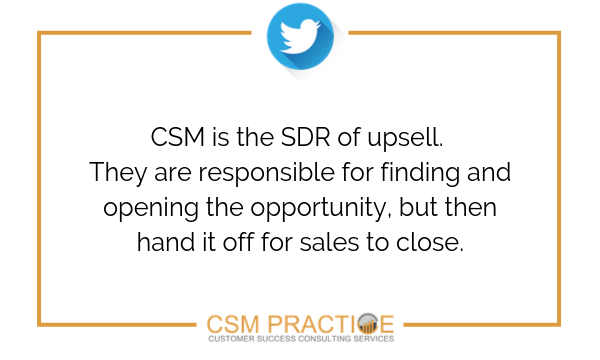Day two at Pulse proved to be another one of learning, with a focus on a few key themes, including a strong tie to customer business outcomes. Here were my top takeaways:
1. Every customer outcome should be concluded with a value realization step. Have the customer specifically acknowledge that they’ve seen the value to close the loop.
2. Develop a process around a success plan handoff pre to post-sales. Determine what a successful outcome means to a customer and how that will be calculated. This needs to be specific and point to the ‘why’ in the purchase decision. (i.e. ‘Increase user engagement’ is not as helpful as ‘Increase user engagement from 60% to 75% in the next six months’). You need to hold sales accountable for delivering this information as part of closing the sale.
3. When building your customer journey, segment by customer outcome (rather than things like size, etc). This will help drive your journey to provide steps to achieve a specific outcome, rather than for a generic growth mindset.
4. Bring your customer outcomes into your Executive Business Review (EBR) deck. As a continued theme from day one, Irit Eizips at CSM Practice dove deeper into the three methods to display this to your customer (by vertical/industry, business process or maturity). Then let your customers self-evaluate where they are in the continuum to start the discussion.
5. A CSM needs to be thoughtful in proving value. Irit also discussed how you should aim to come into Quarterly Business Review (QBR) and increase perceived value. One way to do this is to show the possibility of ‘what you could do’ (i.e. show additional use cases and outcomes). Even if a customer doesn’t move forward with all of the ideas presented, you illuminate the potential impacts of your product and your product is viewed as more valuable.
6. Don’t bring feedback to a product – bring data.
7. Chen Ben-Attar from AppsFlyer spent some time talking with me and I thought his quote was pretty spot-on: “EBR is the pulse of the business”. If you aren’t with the right contacts, setting the agenda for the next 3-6 months, then it is not a true EBR.

8. There was a lot of discussion throughout the conference of where the line between Customer Success Management, Account Management, Sales and Renewal Teams fall. While owning the ongoing revenue number and renewal did not have a clear-cut default stance, the majority of structures I heard included re-engaging sales for upsell opportunities. Chen summed it up well in our conversation: “CSM is the SDR of upselling”. They are responsible for finding and opening the opportunity, but then hand it off for sales to close.
The two days can really be summed up by a great quote I heard during the day: “Don’t be apologetic on the value of customer success!”
Douglas Liantonio, Author at CSM Practice
I’m back at work today and invigorated to start putting some of these lessons into practice. Did you have another big takeaway from Pulse? I’d love to hear it below.
This article originally appeared on LinkedIn by Emily Garza and has been republished with permission.





